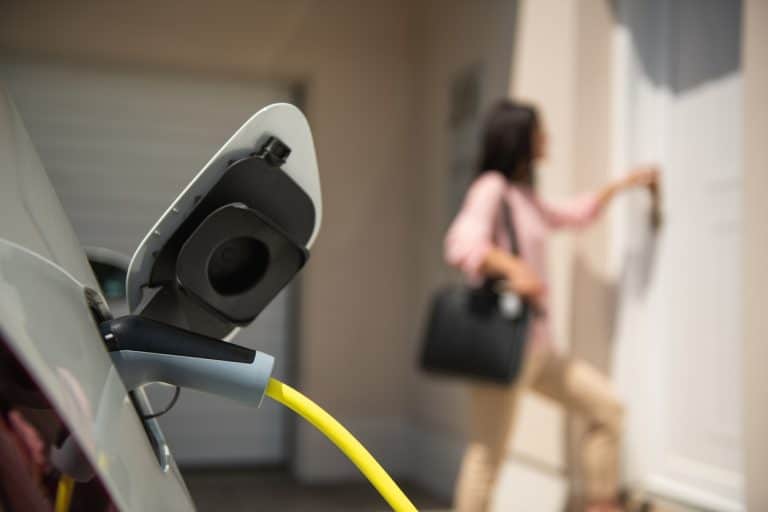Electric vehicles (EVs) are becoming increasingly popular as individuals and businesses embrace sustainable transportation solutions. As a result, the demand for electric vehicle charging stations is rising. However, before installing an EV charger, it is crucial to assess the electrical capacity of your property. Inadequate electrical capacity can lead to problems, including electrical hazards and inefficient charging. We’ll highlight four warning signs that you lack sufficient electrical capacity for an EV charger installation.
1. Frequent Circuit Breaker Tripping
One of the most common signs of insufficient electrical capacity is frequent circuit breaker tripping. Adding an EV charger to your electrical system increases the load on your circuits. If your existing electrical system is already operating close to its maximum capacity, the additional load from the EV charger may cause the connected circuit breaker to trip frequently. This indicates that your electrical system may be unable to handle the EV charger’s demands and requires an electrician to assess and rectify the situation.
2. Dimming or Flickering Lights
Another warning sign to watch out for is dimming or flickering lights. When your electrical system is stretched beyond capacity, the voltage supplied to various appliances and fixtures may drop. This can cause your lights to dim or flicker when the EV charger is in use or during peak electrical demand. If you notice this phenomenon, it suggests that your electrical system cannot support the additional load of an EV charger, so consult an electrician for solutions.
3. Overheating Outlets or Wiring
Inadequate electrical capacity can result in overheating outlets or wiring. When an electrical circuit is overloaded, it generates excessive heat. If your existing electrical system is already operating near its limit and you add an EV charger, it may overload the circuit, leading to overheating of outlets or wiring. Overheating poses a serious fire hazard and should not be ignored. If you experience hot outlets or notice any burnt or discolored wiring, immediately turn off the associated breaker, then consult a licensed electrician to evaluate your electrical wiring.
4. Slow Charging Speeds
Charging an electric vehicle requires a significant amount of power, and if your electrical system cannot deliver an adequate amount of current, it will result in slow charging speeds. If your EV takes an unusually long time to charge, it may indicate that your electrical system cannot meet the demand.
Conclusion
Installing an EV charger without considering the electrical capacity of your property can lead to various problems. By staying alert for the warning signs discussed above, you can tell if your electrical system is insufficient for an EV charger. If you encounter any of these signs, consult a qualified electrician to assess your electrical capacity and make the necessary upgrades to ensure a safe and efficient charging experience for your electric vehicle. Contact Sublime Electric in Boise, ID for seamless EV charging services.


